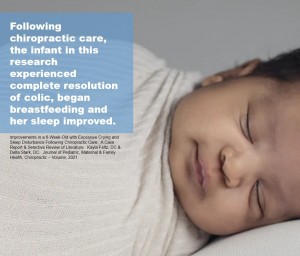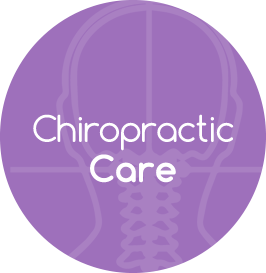Colic – Facts
Infantile colic is characterized by loud, disturbing crying often in the late afternoon and is commonly seen within the first two weeks to three months of life. The cause is unknown but there are several contributing factors such as digestive system underdevelopment, food allergies, childhood migraines, stress, and anxiety.
Crying in colic usually lasts three or more hours a day, three or more days a week, for three or more weeks. Other noticeable symptoms may include scream-like crying, or a cry with an expression of pain, crying for no reason, being very fussy, episodes occurring more often in the evening, facial discoloring, and body tension.
It can be a challenge for the parents as the infant’s distress occurs for no apparent reason and no amount of consoling seems to bring any relief. This can be dangerous as the stress of trying to calm a crying baby can lead to shaken baby syndrome.
Colic is diagnosed by a physical examination to help identify triggers of the infant’s distress. The physical exam may reveal a tense abdomen, a flexed or curled posture, kicking or flailing of extremities, and the infant may be inconsolable, even when picked up. The goal of treatment is to use different strategies to soothe the infant. New feeding practices may be recommended in addition to self-care for the parents. Alternative treatment may include massage, herbal remedies, herbal teas, acupuncture, and chiropractic.
Structural shifts in the spine can play a significant role in colic in infants. The combination of weak back muscles and a newly developing digestive tract can have less than positive effects on their nerves, brain, or muscles. Weak back muscles will allow structural shifts in the spine to obstruct the nervous system which affects the function of the stomach and intestines.
This causes nerve obstruction that will disrupt the activity of digestion and movement of food to the intestines. The nervous system controls and coordinates all functions of the body and structural shifts in the spine can occur that obstruct the nerves and interfere with their function. Chiropractic care aims to remove the structural shifts to decrease the pressure on the nerves to improve digestive function and colic.
Chiropractic Helps Infant with Colic
The 6-week-old infant in this case was suffering from colic, sleep disturbances, and difficulty latching to breastfeed. She would only sleep for two to four hours and only on her stomach. When she would wake up, she would scream and cry until she was exhausted. Swaddling, lying on her back, and being in the car seat made her more irritable. Her mother stopped breastfeeding after only two weeks due to her inability to latch effectively. Formula feeding often ended in projectile vomiting.
The chiropractor examined her and found structural shifts in her neck and low back. She was in great distress and cried for the entire examination. Decrease in range of motion, muscle spasms, and postural abnormailities were noted in the neck, mid back, and low back. Additional testing confirmed these findings. These structural shifts can lead to obstruction of the nerves and it is this obstruction, called vertebral subluxations, that chiropractors correct.
Following chiropractic care, she experienced immediate improvements in her posture and became relaxed. Her range of motion improved, she was able to lay on her back without screaming or appearing to be in distress, she began sleeping for several hours at a time and she was able to breastfeed.
The study’s author called for additional research to investigate the clinical implications of chiropractic in this population.
Reference
Improvements in a 6-Week-Old with Excessive Crying and Sleep Disturbance Following Chiropractic Care: A Case Report & Selective Review of Literature. Kayla Feltz, DC & Delta Stark, DC. Journal of Pediatric, Maternal & Family Health, Chiropractic ˜ Volume, 2021


